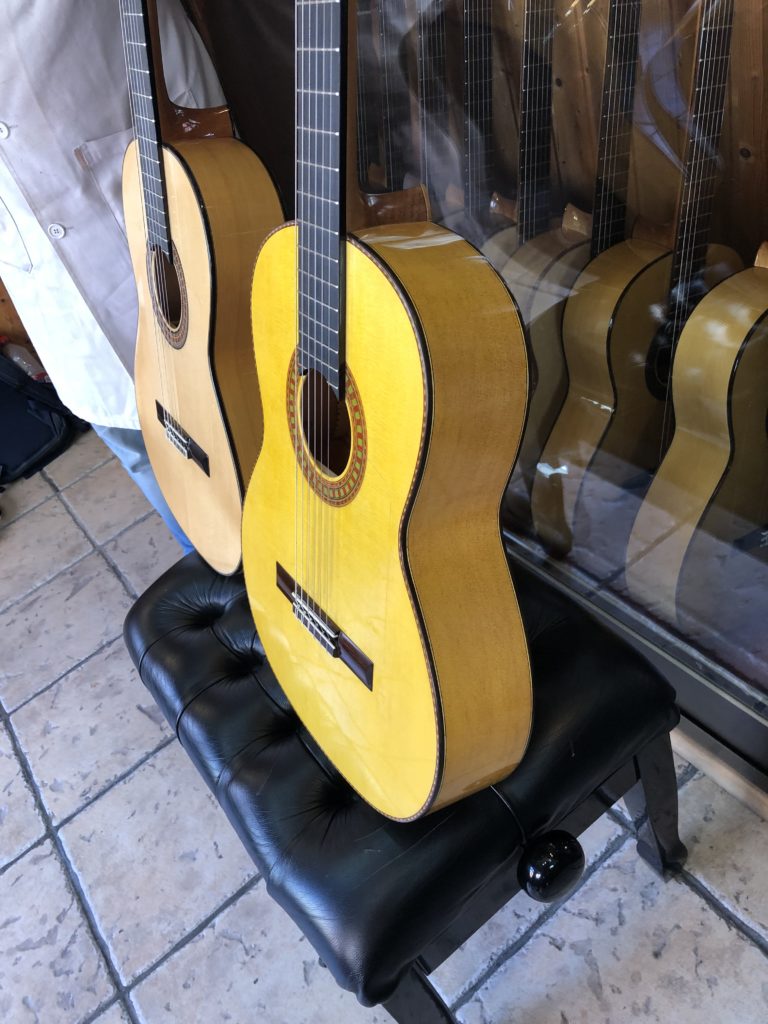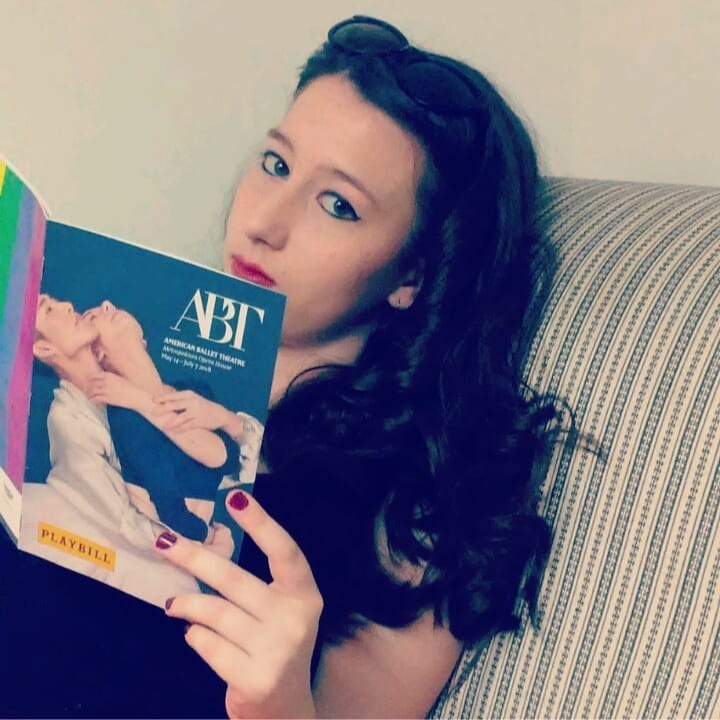By Zelie Anner, FCLC 2020

Most people don’t know what a salp is. I certainly didn’t, but when I was scuba diving off the coast of Thailand, I became fascinated with them. Scuba diving is an amazing experience that opens your mind to a new underwater world. While all noise appears muffled, you can clearly hear a crunching noise: the white noise of the coral reefs. It’s the noise of parrotfish chewing coral, barnacles opening and closing, sea urchins moving their spines along each other, crustaceans burrowing in the sand. You can only see as far as the visibility of the dive site allows. Generally, this is about 30 feet in tropical areas. While this sounds like a large distance, it is quite overwhelming to consider that there are thousands of fish and marine creatures beyond 30 feet not only in front of you, but behind, below, and above. Anxiety can only be remedied by the acknowledgment that nothing in this part of the ocean wants to hurt you, and most creatures will avoid you.
Except, of course, the salps.
The salps don’t have much control over whether they avoid you or not. They are marine tunicates, one of the earliest chordates to evolve. Many know them as sea squirts, and they are a staple in the Korean hot pot restaurants downtown in NYC. I don’t know the exact name of the species I saw in the oceans of Thailand, but they tended to appear in front of you without you even noticing. They’re clear, with barely discernible features, resembling jellyfish even though they are more closely related to humans. I refrained from poking them, as a significant rule of scuba diving is to not touch anything. They didn’t appear to move when I observed them, but I later learned that they move by pumping water through themselves in what is a most efficient system of jet propulsion. They reminded me of those squishy water tube toys from my childhood, which are apparently called “Water Wiggles.”
Salps play a much more important biological role than Water Wiggles. Apparently, when there are large phytoplankton blooms, salps asexually reproduce in chains and efficiently clear the waters of the algae. They are filter feeders, and when they “eat” too much, the filter becomes clogged. This can lead to salps covering beaches with slimy layers of dead jelly. While this seems inconvenient at best, salps sequester carbon at significant rates, enough to contribute to the carbon trapping abilities of the ocean. Their fecal pellets are heavy and therefore sink to the bottom of the ocean, pulling down carbon to a place where it won’t reenter the environment.
Most scuba divers would brush off floating salps as boring creatures. Why pay attention when there are parrotfish, sea turtles, moray eels, and barracuda? My research on salps gives a clear answer: they play more of a role in our lives than one might think. As global temperatures reach an all-time high, it is important to understand and appreciate the organisms that are actively preventing even higher temperatures. After all, our futures might be in their hands. Or, rather, their siphons.








